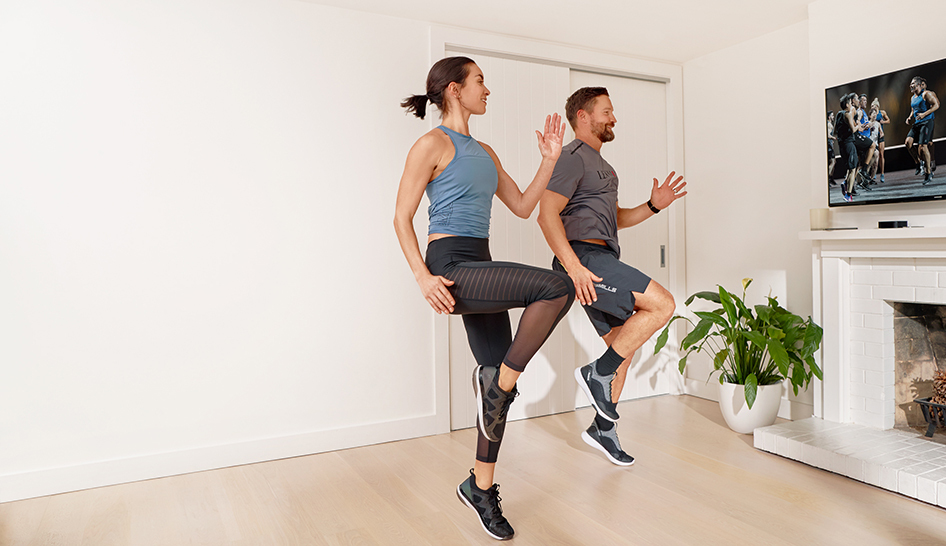A Virtual Content Explosion
The success of virtual programming came about, in part, from the consumers need to stay connected to work, friends, family, and other aspects of their lives. Turning to their computers, tablets, and smartphones offered people access to a means of communication that added an element of “normalcy” to their lockdowns.
Consumer consumption on several levels reflects this.
Take streaming content, for example. In one recent study, DoubleVerify, a leading software platform for digital media measurement, data, and analytics, noted that daily time spent consuming content has doubled globally since the start of COVID-19 pandemic, from an average of 3 hours 17 minutes to an average of 6 hours 59 minutes.
That desire for connection has also powered a range of platforms on which remote programming takes place, including Facebook Live, Instagram, and the meteoric rise of Zoom.
Earlier this year, Zoom was a fledgling conferencing app occasionally used to dial in absent colleagues. Now, like Google and Uber before it, Zoom is as much verb as it is proper noun. Between March and August 2020, first-time installs of the platform, which was launched in 2013, ballooned by 728%.
Increasing Competition Among Virtual Fitness Providers
Among the beneficiaries of this digital largesse have been content providers like Peloton and Mirror.
In the third quarter of 2020, Peloton’s revenues increased 66% to reach $524.6 million.
In July of this year, Lululemon acquired upstart fitness content provider Mirror for half a billion dollars.
As the pandemic has continued, the list of competitors has only grown, including established players like Bowflex and NordicTrack, plus successful new players, such as Echelon.
In a review of Peloton’s quarterly earnings, The Motley Fool’s Parkev Tatevosian dropped a line that foreshadows the level of competition these platforms might create.
“The average monthly workouts per subscriber grew to 17.7, an increase of 27% year over year,” he wrote. “This figure will take the spotlight as gyms gradually reopen.”
“What COVID-19 has done is make digital fitness a core expectation of every club member in the world in just three months,” says Sean Turner, CEO of Les Mills U.S. “And that’s precisely why ‘Big Tech’ is preparing to strike. There’s no getting away from the fact that Apple, which recently introduced its own fitness app, Google, Amazon, and Facebook are all sizing up the fitness industry and represent a major threat for clubs.”

